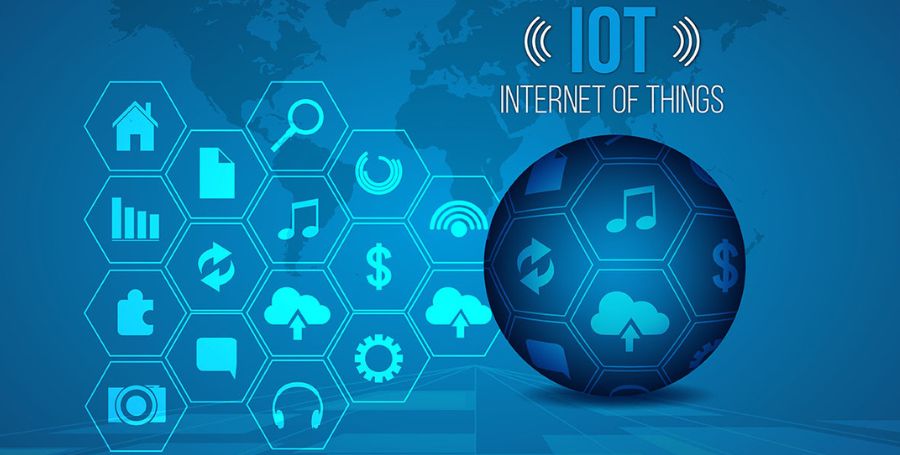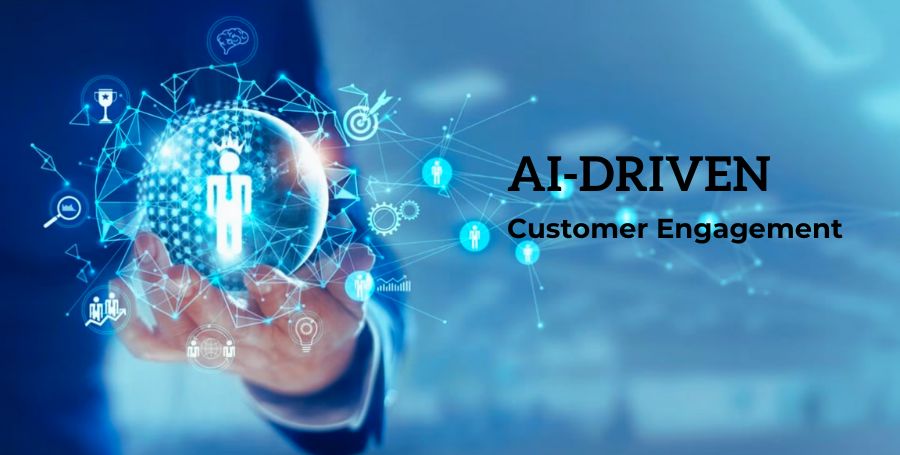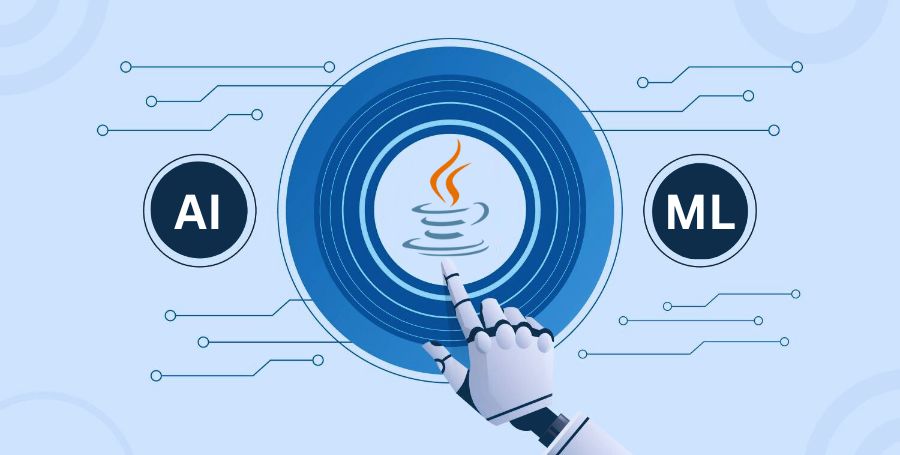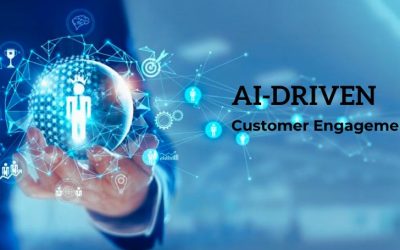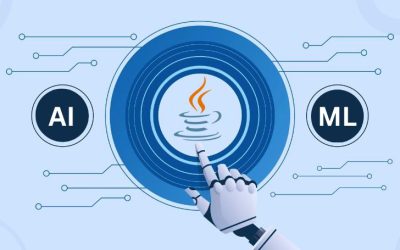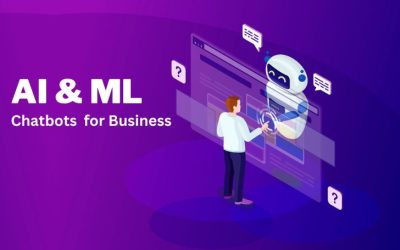Imagine a world in which machines don’t just follow instructions but can learn on their own and adjust to new situations on their own – that is adaptive AI’s exciting promise, pushing back against artificial intelligence boundaries. This blog series will allow us to explore its principles, applications, challenges, and future potential.
How Does Adaptive AI Learn?
Contrary to conventional artificial intelligence systems that rely on predetermined rules and algorithms for their learning processes, adaptive AI boasts a unique capacity for evolving. This process occurs via various powerful algorithms including:
Reinforcement Learning: Reinforcement learning works like rewarding children for good behavior. The AI system rewards itself when making correct decisions, gradually learning optimal behaviors.
Supervised Learning: Akin to learning under an instructor, supervised learning utilizes labeled data sets as training data to hone AI to recognize patterns and make accurate predictions.
Unsupervised Learning: Similar to exploring and discovering things for oneself, unsupervised learning enables AI systems to identify patterns and relationships among unlabeled data sets.
By applying adaptive AI algorithms, it can consistently enhance its performance, adapt to changing environments, and predict potential future shifts.
Applying Adaptive AI: Real-World Examples From Industries Around Us Whilst adaptive AI may sound futuristic now, its influence has already changed various industries around us: it is already revolutionizing multiple fields like healthcare.
Self-Driving Cars: These autonomous vehicles apply adaptive learning algorithms to circumnavigate complex traffic situations, regulate weather conditions in addition learn from other cars on the road.
Adaptive Algorithms Drive Recommender Systems: Platforms like Netflix and Amazon utilize adaptive algorithms that analyze your preferences to deliver content recommendations tailored precisely for you.
Fraud Detection: Banks use adaptive AI systems to identify any suspicious financial activities and protect you and your money by quickly recognizing fraud trends.
These examples represent only some of the applications of adaptive AI; its potential spans everything from healthcare diagnosis to robot-assisted surgery. Facing Challenges: Biases and the Black Box Problem.
Though Adaptive AI Holds Immense Promise, There Can Be Potential Pitfalls
Bias: If the training data contains biases that the AI adopts and perpetuates through the learning processes, unequal training methods may result in unfair results; Therefore, diversity and neutrality of training data should be prioritized so that biased results are not perpetuated in its results. Creating diverse datasets with equal representation should always be at the forefront.
Explicability: Adaptive AI users may find it difficult to understand their decisions due to the creation of ‘black box’ issues that raise transparency and accountability concerns. The lack of explainability raises significant red flags when it comes to transparency.
The Road Ahead: Can Adaptive AI Achieve True Intelligence? Human intelligence relies heavily on our ability to learn and adapt; could adaptive AI be the key to reaching Artificial General Intelligence (AGI), where machines possess human-like intelligence? AGI is still a long way off, but advances in adaptive AI capabilities point to an exciting future.
More Human-like AI: Picture an AI assistant that understands your subtle nuances, understands and adapts to your emotions, and learns from interactions – creating truly personalized experiences!
Accelerated Scientific Discovery: AI could make rapid discoveries across many data sets by developing and testing hypotheses quickly, potentially leading to breakthroughs in medicine, materials science, and other areas.
Imagine AI systems taking on climate change, poverty, and other complex issues by adapting to evolving circumstances and offering innovative solutions. Deep Dives into Real-World Applications.
Let’s Examine Some Cutting-edge Applications of Adaptive AI
Beyond Self-Driving Cars: Adaptive AI Takes Control
Adaptive AI has transformed transportation overall. Smart traffic management systems reply quickly to real-time congestion issues, optimizing traffic flows besides shortening commute times. From trains to airplanes, predictive maintenance relies on AI-assisted predictive analytics systems to prevent potential problems before they arise, protecting safety by minimizing disruptions. Imagine personalized public transit experiences where routes adapt instantly to meet individual customer requirements!
From Recommendations to Companions: The Development of Customized Experiences
Recommendation systems are only the tip of the iceberg: Adaptive AI is creating personalized learning experiences tailored to individuals’ learning styles and progress, offering customized support or entertainment as needed. Even in healthcare services, adaptive chatbots offer personalized advice while freeing medical practitioners from administrative duties.
Beyond Fraud Detection: AI Protecting our Future:
Adaptive AI has proven its worth as an indispensable component of cybersecurity, continuously adapting and learning from evolving cyber threats in real time to identify, detect, and neutralize them. By processing vast quantities of data to recognize suspicious patterns that require action from humans; protecting individuals, businesses, and critical infrastructure against harm from evolving threats like cyberattacks – mitigating future attacks to secure our digital world against ever-evolving threat landscapes and protecting its inhabitants in this digital era!
Challenges and Solutions: Unpacking the Black Box and Mitigating Bias
Engaging the challenges associated with bias and explainability is essential for creating AI solutions with integrity:
Taming Bias: Mitigating bias requires diverse and representative training data sets, ongoing monitoring for bias creep, algorithms designed to detect and remove them, diverse teams developing AI to challenge assumptions and ensure fairness, as well as diverse teams deploying AI for identification purposes.
Starting Over: Explainable AI research aims at making AI decision-making processes more transparent. Techniques such as LIME (Local Interpretable Model-Agnostic Explanations) help explain individual predictions while attention mechanisms in neural networks provide more detail as to which parts of data the AI prioritizes. Open-sourcing models and encouraging public scrutiny are further efforts toward increasing transparency.
The Journey towards AGI with Cautioned Optimism
Although true AGI remains out of reach, progress in adaptive AI has made significant strides:
Imagine AI Assistants that Respond with Empathy: Imagine AI-powered assistants that understand not just your words but also the intent behind them, responding with empathy and nuance to complex tasks involving humans collaborating, adapting quickly in dynamic circumstances while learning from one another – something which we may just witness with robots powered by artificial intelligence in future collaboration projects.
Accelerated Discovery Across Disciplines: From materials science to drug discovery, adaptive AI has proven its worth across disciplines by rapidly analyzing vast datasets, developing hypotheses, and designing experiments in response to human input – potentially leading to breakthroughs across fields. Imagine AI scientists joining human researchers, speeding the pace of scientific progress.
Reducing Global Challenges through Collective Intelligence: Imagine AI systems helping mitigate climate change by optimizing energy use, developing sustainable solutions and even informing human behavior through personalized interventions. Together with human creativity, adaptive AI could hold the keys to unlocking some of humanity’s toughest obstacles.
Accept and Implement an Adaptive Future: A Call to Action
Adaptive AI represents more than just another technological marvel; it marks an immense change in how humans and machines interact. If we embrace this transformative technology, then we must:
Advocate for Responsible Development: Support initiatives that advance ethical AI principles, data privacy protections, and human oversight.
Engage in Open Dialogue: Submit questions or voice your concerns as you participate in conversations regarding AI’s future development.
Prepare for an Ever-evolving Landscape: Acquire skills necessary to acclimatize to an increasingly technological world where AI plays an increasing role.
By joining forces, we can ensure adaptive AI empowers us to build a brighter future, where human and machine intelligence work collaboratively to address global challenges, enhance lives, and unlock its full potential as part of an adaptive world.
Here’s Our Take: Glimpses into an Adaptive Future
Imagine a world in which artificial intelligence (AI) seamlessly fits into our daily lives, empowering us and meeting global challenges:
Imagine Customized Education: AI tutors tailored specifically to individual learning styles, dynamically adapt difficulty levels and provide real-time feedback to foster a passion for learning in all students.
Envision the City of the Future: adaptive traffic management systems optimize traffic flows, self-driving cars navigate seamlessly through traffic flow issues and smart buildings can adapt their energy demands according to weather and energy conditions – creating a sustainable urban environment with increased sustainability and efficiency.
Imagine Personalized Healthcare: AI-powered diagnostics analyze individual health data to forecast potential illnesses and offer preventative solutions; while adaptive robots assist surgeons during complex procedures ensuring personalized and cost-efficient care.
These are only glimpses into adaptive AI’s endless potential, but our journey starts now. To ensure AI serves humanity’s greater good, it must foster responsible innovation with ethical considerations being prioritized as we leverage human-AI collaboration for its advancement. It’s Enabling Creators and Users by Bridging Gaps.
Empowering Both Creators and Users is Crucial to Navigate This Transformative Journey
For Creators: Educational programs on responsible Adaptive AI Development, explainability techniques, and mitigating bias are invaluable to anyone involved with creating AI products or data products. Open-source platforms or data cooperatives may facilitate collaboration and encourage responsible data-sharing practices.
For Users: Media literacy initiatives provide individuals with the skills to critically appraise AI-generated content and identify its limitations as well as any biases it might contain. Public engagement forums allow communities to discuss ethical concerns collectively while collective problem-solving arises around ethical concerns.
By uniting creators and users in a mutual understanding of Adaptive AI’s power and potential benefits for all. Together we can promote its responsible adoption for mutual gain.
Shaping the Narrative: Call for Collective Action: The world of adaptive AI is no spectator sport – rather, it is an ongoing dialogue in which your voice matters. Join public discussions, ask questions and express any concerns, advocate for responsible development – this technology is about what humans choose to make happen – not what machines can do!
Let us unite together in harnessing adaptive AI’s immense potential, guided by imagination, ethics, and our collective vision for a brighter future. There are infinite potential uses of adaptive AI but ultimately its fate rests with us – let’s make the first move toward creating an environment in which adaptive AI bolsters human potential and shapes an inspiring, innovative future of wonderment, discovery, and progress!
Future is Adaptive: Call to Action Artificial intelligence (AI) represents more than simply a technological marvel; it represents a transformative revolution in how humans and machines interact. As we embrace adaptive AI’s transformative power, ethical considerations should take precedence if AI serves humanity’s greater good. Let’s join this dialogue, pose questions, and collaborate to shape an adaptive future where adaptive AI empowers us all for global progress and peace.
10 FAQs About Adaptive AI: Unveiling the Learning Machine
Q. What Is Adaptive AI?
ANS: In contrast with traditional artificial intelligence (AI), adaptive AI can learn and adapt independently, adapting itself to new situations through algorithms such as reinforcement learning, supervised learning, and unsupervised learning to enhance performance, predict outcomes accurately, or anticipate any possible future changes.
Q. How Does It Differ from Traditional AI?
ANS: Traditional artificial intelligence relies on strict instructions that do not change, while adaptive AI continuously learns and evolves according to new data, thus becoming more flexible and adaptive to real-world scenarios.
Q. What Applications of Adaptive AI Do We Find Today?
ANS: Self-driving cars, personalized recommendation systems, fraud detection, and chatbots are some examples of the real-world adaptation of adaptive AI in action today – making an impactful statement about its growing presence across healthcare, transport, finance, and various other fields of endeavor.
Q. What are the Challenges Associated with Adaptive AI?
ANS: Biased training data may lead to inequitable results, raising issues about transparency and explainability; responsible development must address such difficulties head-on for optimal results.
Q. Will Adaptive AI Ever Rival Human Intelligence?
ANS: Although still far off, advances in adaptive AI suggest its potential for reaching Artificial General Intelligence with human-like skillsets – but ethical considerations must always come before development decisions.
Q. How will Adaptive AI Impact the Future of Work?
ANS: Some jobs could become automated by AI; however, AI will likely create entirely new forms of work that require collaboration between humans and machines; upskilling will become essential in adapting to this ever-evolving world of work.
Q. Should I Be Worried About AI Taking Over the World?
ANS: Responsible development is crucial, but fear-mongering won’t get us anywhere. By emphasizing collaboration and ethical standards in AI’s development process, we can ensure it empowers humanity rather than becoming an existential threat.
Q. How can I Learn about Adaptive AI?
ANS: For further exploration of adaptive AI technologies and their possible uses, consult online resources, read articles or blog posts written about adaptive AI, watch documentaries or attend workshops or conferences focusing on this technology. Engaging with this field and its capabilities is integral.
Q. How can I Ensure the Responsible Development of Adaptive AI?
ANS: Stay informed, ask questions, and advocate for ethical practices. Take part in educational initiatives as well as open discussions regarding bias, explainability, and risks – your voice counts in shaping its future!
Q. What Excites You Most About Adaptive AI?
ANS: AI’s potential to solve global issues, personalize experiences, and work alongside humans toward creating a brighter future is tremendously exciting; harnessing its power responsibly will unlock its full potential.
